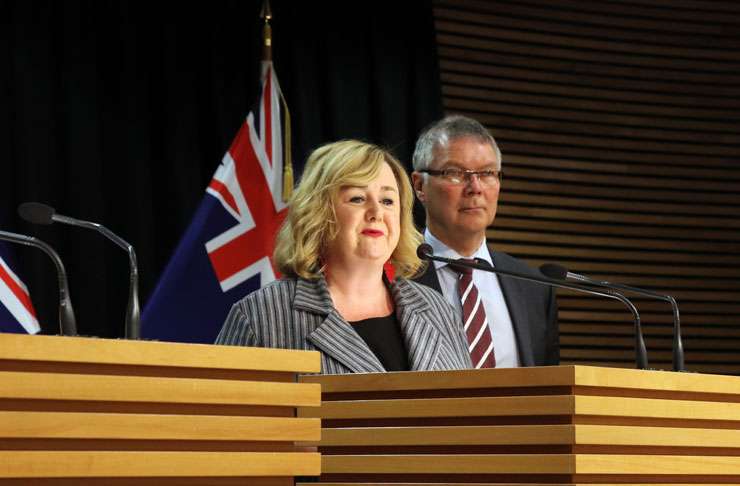The building of apartments and townhouses in suburban Auckland is going gangbusters with the product changing the face of our biggest city, says Chris Dibble, Colliers’ head of research.
“In Auckland, a number of factors, things like the Unitary Plan but also pricing and affordability, have led to a different style of product being provided in the market at the moment.”
Dibble was speaking ahead of the release of Colliers’ Market Indicators Report for the second half of the year, which shows the number of development projects with five or more townhouses that Colliers monitors has increased by over 300% since 2019.
The number of units these developments will yield has gone up around 275%.
Start your property search
Dibble says the new product is popular and provides the benefits of healthier homes in locations people want to be in that many previously couldn’t afford.
Some sought-after suburbs, especially city fringe ones like Pt Chev and Grey Lynn, are higher priced markets which are now more accessible.
“Because of that intensification brought on by the Unitary Plan, and subsequently in the future by the NPS-UD (National Policy Statement on Urban Development) these are where you get the benefits.
“You can see even just from a consenting perspective that big shift towards townhouses and apartments occurring,” he says.
The report’s release comes amid news that the Government and the Opposition are joining forces to increase the supply of new homes across the country.
Both Labour and National say the Housing Supply Bill could result in as many as 105,500 new homes by 2030 by removing the need for costly resource consent on some sites.
Dibble says that despite the disruption caused by Covid-19 and the enforced lockdowns, the last year has seen values rising to new record levels.

Housing Minister Megan Woods and Environment Minister David Parker in March. Both are looking to shake-up the consent process. Photo / Getty Images
The report cites median sales value on a national basis reaching $830,000 in the three-month period to August, which is an increase of 26.5% over the same time period last year, and in Auckland the median rose by 26.1% to $1.17m. “The value appreciation has been driven by the sharp increase in sales activity which, in concert with a low number of new listings of existing product, has resulted in rapidly tightening market conditions,” says the report.
The total number of sales nationally over the year to the end of August was 97,780, significantly ahead of the 10-year average of 79,300.
In Auckland, the 36,244 transactions recorded were 35.7% higher than the 10-year average of 26,697.
The sustained period of elevated sales activity has seen inventory levels fall, however, and at the end of August the number of properties available for sale across New Zealand was 12,249 - down from 17,974 from the year before.
“This is the lowest level of inventory recorded by REINZ since records began,” says the report.
But the development sector has been ramping up its activity in response to the ongoing regional housing shortages with the annual number of new homes consented nationally reaching 46,453 in August, the highest number on record.
Auckland consents reached 19,158, up 28.6 per cent, with that increase driven by a significant uplift in the multi-unit developments.
Townhouse consents made up nearly half of all new homes consented in Auckland for the year ended in August, up approximately 36% from last year with apartment consents another 16% of the annual total.
Developers are on course to deliver 4325 new residences this year and this figure would be the highest annual total recorded this century, topping the 3600 constructed in 2005, says the report.
“Suburban apartment development will be the major contributor to growth over 2021, continuing the trend which began in 2019.

Colliers researchers Chris Dibble, right, and Ian Little. Photo / Supplied
“In total, Colliers is now tracking the development of 2289 suburban apartment units, while CBD schemes will add a further 1538 units.”
The appeal of new apartment developments is illustrated by the premium values they command - over the second half of 2020 the average sale price of new apartments was nearly $1.3 million, well ahead of the $829,480 recorded by REINZ for the whole apartment market.
What happens next remains to be seen with the different economic and regulatory influences on the housing market, with the Government and Reserve Bank already taking steps to cool the market through dampening investor demand.
“Looking ahead the nation's housing market faces a changing landscape,” says the report.
Interest rates are rising, supply is increasing, and investors face a more challenging regulatory environment - but demand continues and regional supply shortages remain.















































































